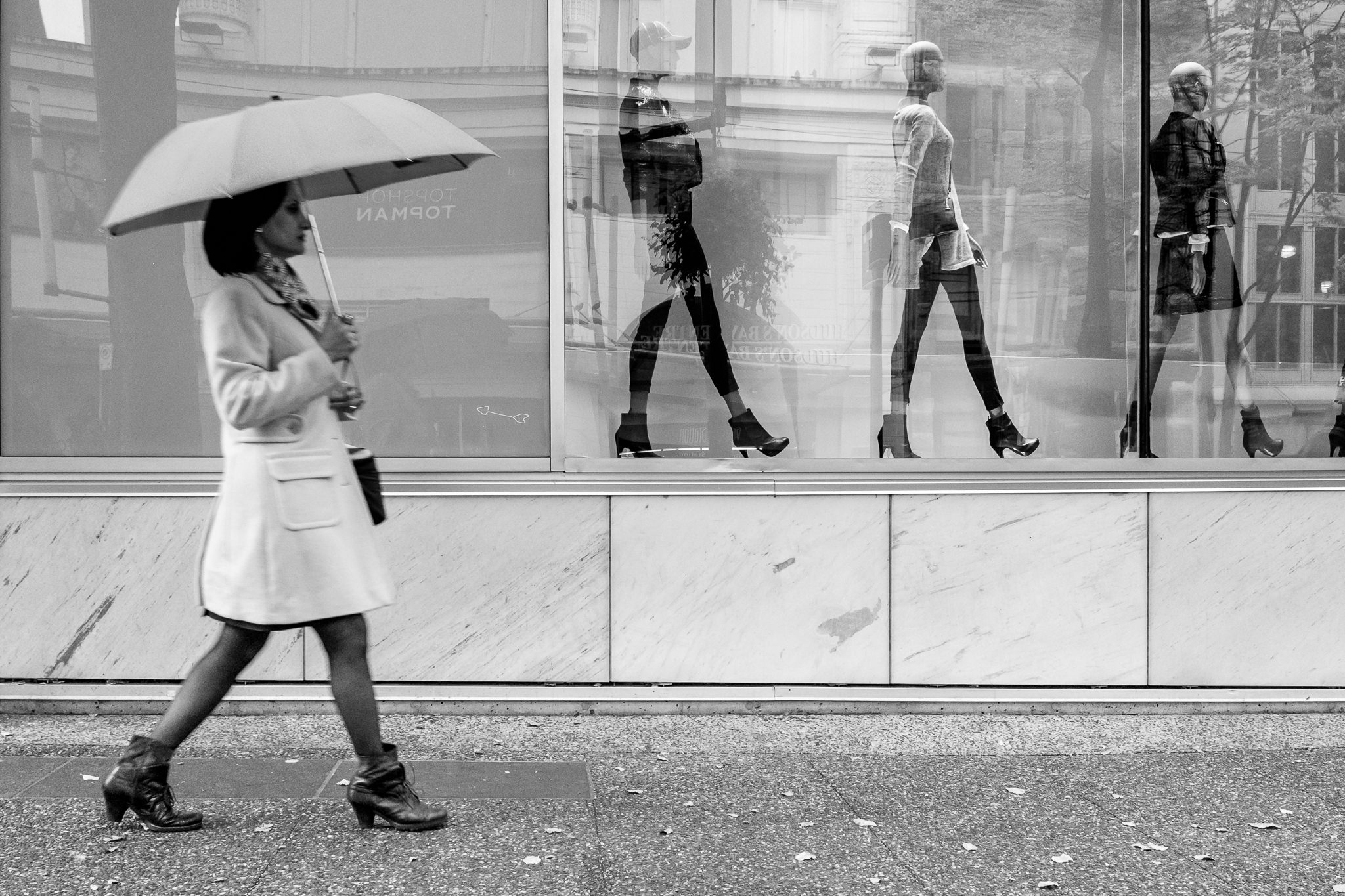A Biased View of Framing Streets
Table of ContentsFraming Streets - An OverviewExamine This Report on Framing StreetsThe smart Trick of Framing Streets That Nobody is DiscussingUnknown Facts About Framing StreetsWhat Does Framing Streets Do?An Unbiased View of Framing Streets
Photography category "Crufts Pet Program 1968" by Tony Ray-Jones Road photography (also in some cases called candid digital photography) is digital photography conducted for art or questions that includes unmediated chance experiences and arbitrary cases within public areas, normally with the goal of recording images at a decisive or poignant minute by cautious framing and timing. 
Framing Streets for Beginners
Susan Sontag, 1977 Street photography can concentrate on people and their habits in public. In this regard, the street professional photographer resembles social docudrama professional photographers or photographers that also operate in public locations, yet with the objective of recording newsworthy occasions. Any one of these digital photographers' photos might catch people and residential or commercial property noticeable within or from public areas, which commonly entails navigating moral issues and laws of privacy, security, and residential property.
Representations of day-to-day public life develop a genre in almost every period of world art, starting in the pre-historic, Sumerian, Egyptian and very early Buddhist art durations. Art managing the life of the road, whether within sights of cityscapes, or as the dominant theme, appears in the West in the canon of the North Renaissance, Baroque, Rococo, of Romanticism, Realistic look, Impressionism and Post-Impressionism.
3 Simple Techniques For Framing Streets
Louis Daguerre: "Blvd du Temple" (1838 or 1839) In 1838 or 1839 the very first photograph of numbers in the street was taped by Louis-Jacques-Mand Daguerre in one of a set of daguerreotype sights extracted from his studio home window of the Boulevard du Temple in Paris. The 2nd, made at the elevation of the day, shows an uninhabited stretch of road, while the other was taken at concerning 8:00 am, and as Beaumont Newhall records, "The Blvd, so frequently full of a moving bunch of pedestrians and carriages this post was perfectly singular, except an individual who was having his boots brushed.
, who was inspired to carry out a comparable paperwork of New York City. As the city created, Atget aided to advertise Parisian roads as a worthy subject for photography.

5 Easy Facts About Framing Streets Explained
In between 1946 and 1957 Le Groupe des XV yearly showed work of this kind. Andre Kertesz. Circus, Budapest, 19 May 1920 Road digital photography formed the significant web content of 2 exhibits at the Gallery of Modern Art (Mo, MA) in New York curated by Edward Steichen, Five French Photographers: Brassai; Cartier-Bresson, Doisneau, Ronis, Izis in 1951 to 1952, and Post-war European Photography in 1953, which exported the concept of road photography internationally.

Some Ideas on Framing Streets You Should Know
, after that an instructor of young youngsters, linked with Evans in 193839.'s 1958 publication,, was substantial; raw and frequently out of emphasis, Frank's images examined mainstream photography of the time, "tested all the official regulations laid down by Henri Cartier-Bresson and Walker Evans" and "flew in the face of the wholesome pictorialism and genuine photojournalism of American publications like LIFE and Time".